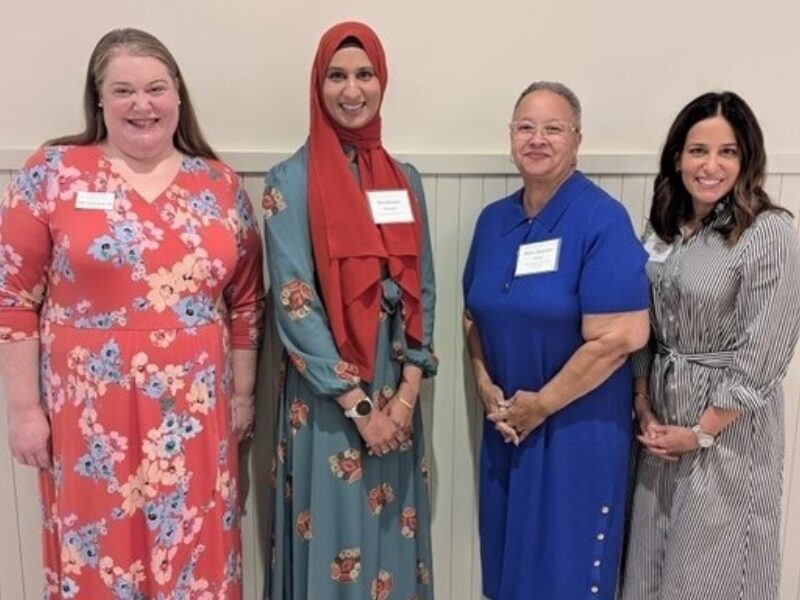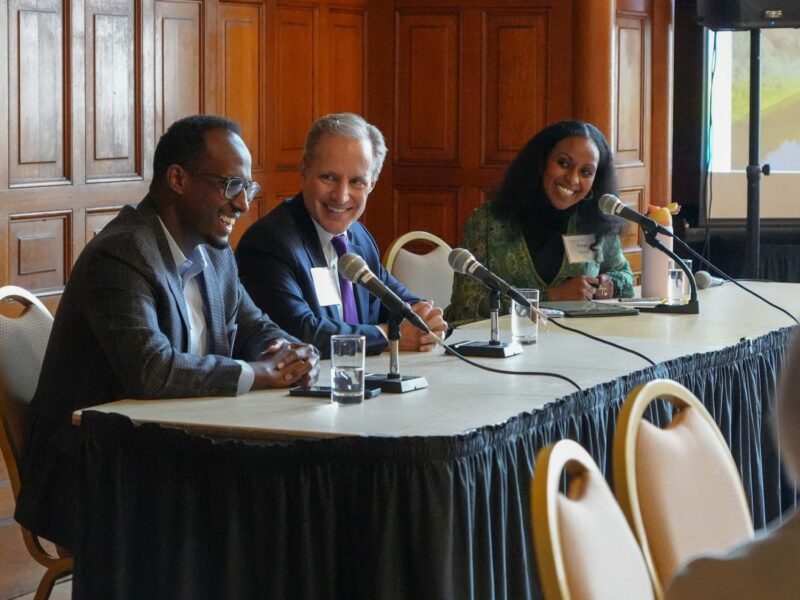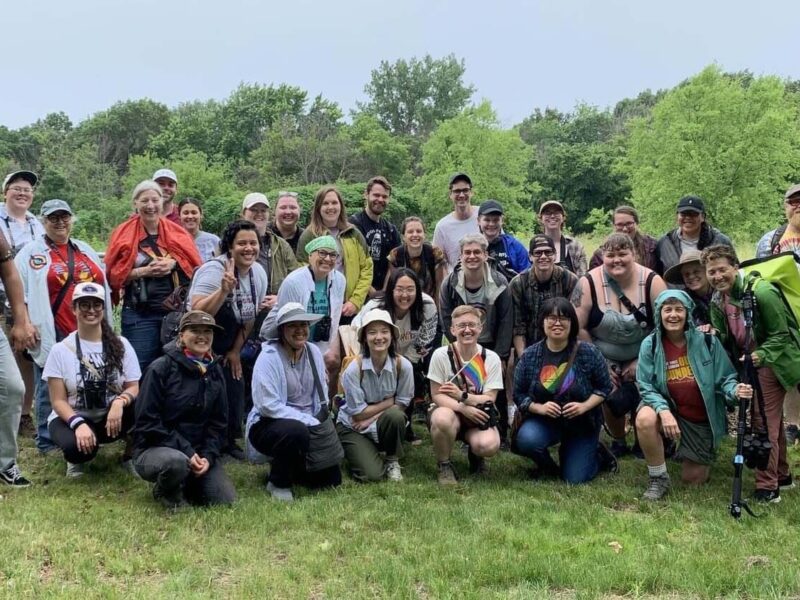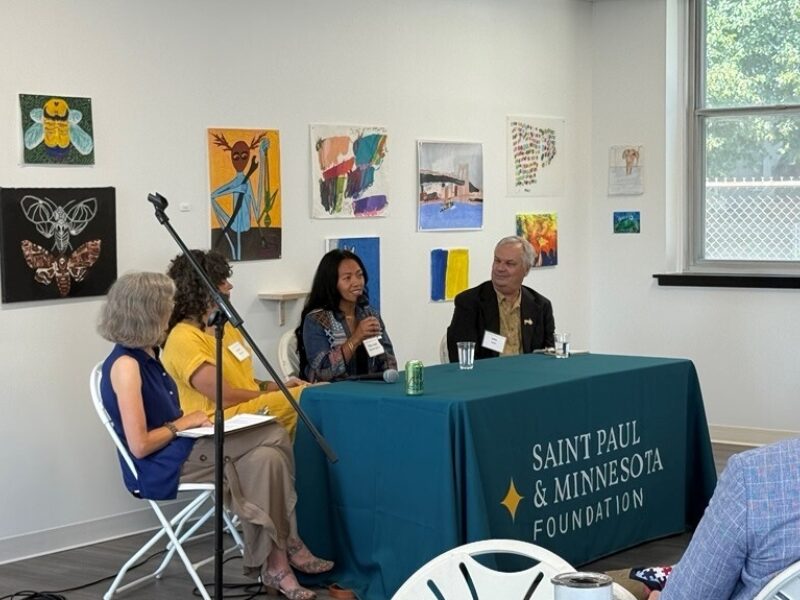Here are a few ways you can achieve your long-term philanthropic goals.
Want to make a lasting impact or ensure your favorite nonprofits are financially secure? Well, now’s a good time to consider a gift that will support the causes you care about, today or in the future.
There are many ways to carry out your long-term giving vision. Typically when you plan to give a gift in the future, you can leverage a portion of your estate for philanthropy. Some giving options even allow you to generate income during your life and still support the causes you care about long after your lifetime.
Based on your charitable giving goals, our experienced Philanthropic Services team will work with you and your professional advisors to figure out the best way to support your charitable giving legacy.
Plan Your Legacy
As you think through your giving legacy, know that the Foundation offers a variety of ways to make a gift. In addition to accepting gifts of cash or stock, we also accept a wide range of non-cash assets such as:
- Real estate
- Life insurance
- Retirement assets
- Crops, livestock and machinery
- Retained life estate
- Virtual currency
Our team has experience working with each of these options and can help guide you toward the best choice for your situation.
Give Through Your Will
The simplest way to support the nonprofits you care about long-term is by including your fund at the Saint Paul & Minnesota Foundation as a beneficiary in your will. This has the potential to reduce your taxable estate and costs nothing during your lifetime.
Receive Lifetime Income
You can also support the community with a gift that gives you lifetime income.
For example, a charitable gift annuity or charitable remainder trust will provide you with regular payments throughout your lifetime and then support your donor advised fund, designated fund or field-of-interest fund.
Your Retirement Assets
Another easy way to support nonprofits is through your IRA or other retirement assets.
If left to family or friends, retirement assets are almost always 100% taxable to them at their highest income tax rate. If left to charity, though, these assets typically pass tax-free, and you may qualify for an estate tax charitable deduction.
For example, you can name your fund at the Foundation as a beneficiary or partial beneficiary of your retirement account, which may be as easy as submitting a form to your retirement account provider.
During your lifetime, you can also make tax-free qualified charitable distributions (QCDs) annually from your IRA, which can count toward your required minimum distribution (RMD). Donors 70½ or older can give up to $100,000 per year to nonprofits, and these gifts can support several different types of funds, including our Community Sharing Fund, which supports individuals and families facing short-term financial hardship.
To explore your charitable giving legacy, contact your philanthropic advisor. And if you have family members, friends or colleagues who may want to create a charitable giving plan, share this article with them and encourage them to contact us to start the conversation.
The Saint Paul & Minnesota Foundation does not provide tax, legal or accounting advice. Please consult your own tax, legal and accounting advisors regarding your individual situation before engaging in any transaction.









